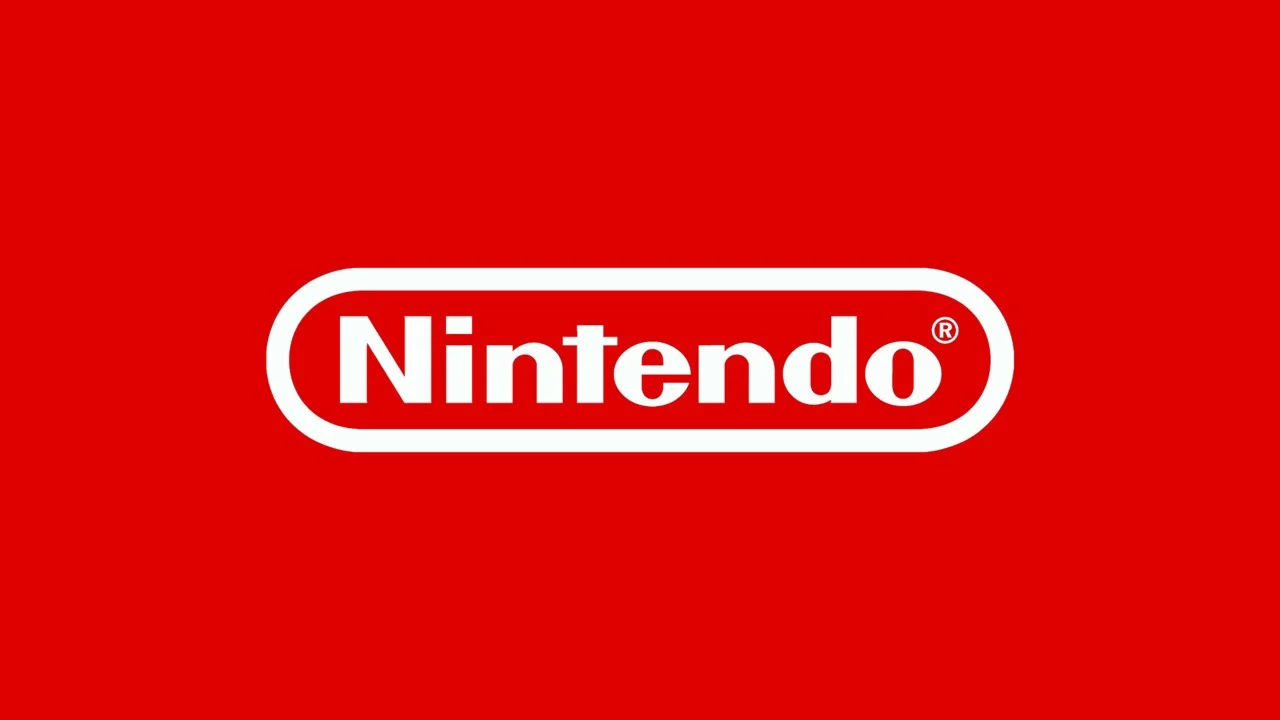In an interview published today, Nintendo went into detail as to how the team behind Donkey Kong Bananza was able to take advantage of Switch 2.
We recently heard that the game was initially in the works for the original Nintendo Switch. However, Kenta Motokura said the team “ran into some challenges” and started thinking about moving to the new console around 2021.
Co-directors Kazuya Takahashi and Wataru Tanaka went into detail as to how Nintendo Switch 2 benefited Donkey Kong Bananza. The team was able to add in more objects, bring back abandoned ideas like “explosions flinging large objects or causing them to collapse”, and run everything at 60 frames per second.
Motokura: We originally began developing Donkey Kong Bananza on Nintendo Switch, but we ran into some challenges. I think it was around 2021 when we started to think about moving development to Switch 2.
Watanabe: We first looked into how we could upgrade what we’d originally built for Switch to take advantage of Switch 2. One of the most obvious improvements was that we could place far more objects in the environment than before. Being able to place more objects in the terrain didn’t just enhance the game’s visual richness. More importantly, it increased the amount of things players could destroy, which amplified the exhilaration of being able to demolish anything and everything. That went hand in hand with the game’s core concept of destruction. It convinced us that this game would be even more fun if we developed it for Switch 2.
Tanaka: From a programmer’s perspective, voxel technology is well-suited for creating gameplay centered around destruction. However, it also uses a lot of system memory, and we faced the challenge of Switch not having enough to support everything we wanted to do. I’ll explain with some simple arithmetic. If you’re asked to double the size of a 1 × 1 pixel image in both width and height, you end up with a 2 × 2 image, which means four times as many pixels. But when you do the same with voxels, you’ve got width and height, but also depth to contend with. So, doubling all three dimensions gives you 2 × 2 × 2, or eight times the data. It may sound simple to just “double something,” but the reality is that memory usage, voxel density, and all kinds of processes end up gobbling up eight times the resources. It was clear that the memory available on Switch would struggle to handle that load, and we felt that manifesting the huge volume of terrain that we did in this game might have been unachievable on that platform. With the move to Switch 2, we gained not only more memory but also greater processing capacity. That gave us the freedom to incorporate gameplay ideas we’d previously abandoned because they were too demanding. When we got down to trying it, we discovered that not only could it handle the heavy processing requirements, but it also ran at 60 fps. Things we’d given up on, like explosions flinging large objects or causing them to collapse, were now possible. Designers could also place as many objects as they wanted. There were so many moments when we thought to ourselves, “Now we can really do this.”
Watanabe: As well as running at a smooth 60 fps, the core gameplay of smashing got way more satisfying.
The physics of smashing involve lots of things all happening at once. Donkey Kong throws a punch, the terrain and objects break apart, and visual effects show debris flying outward. All of that is packed into a single moment. At 30 fps, we couldn’t fully capture everything that happens in that instant. But at 60 fps, we saw that sense of destruction coming through much more clearly. We thought to ourselves, “Now we’ve got something seriously satisfying!” Not only did Switch 2 enable the game to run well, it unlocked the game’s full potential – no, it made the game possible.
Donkey Kong Bananza is due out on Nintendo Switch 2 this Thursday. On the topic of the game’s frame rate, you can read a few comments from Takahashi about that here.
Source link

